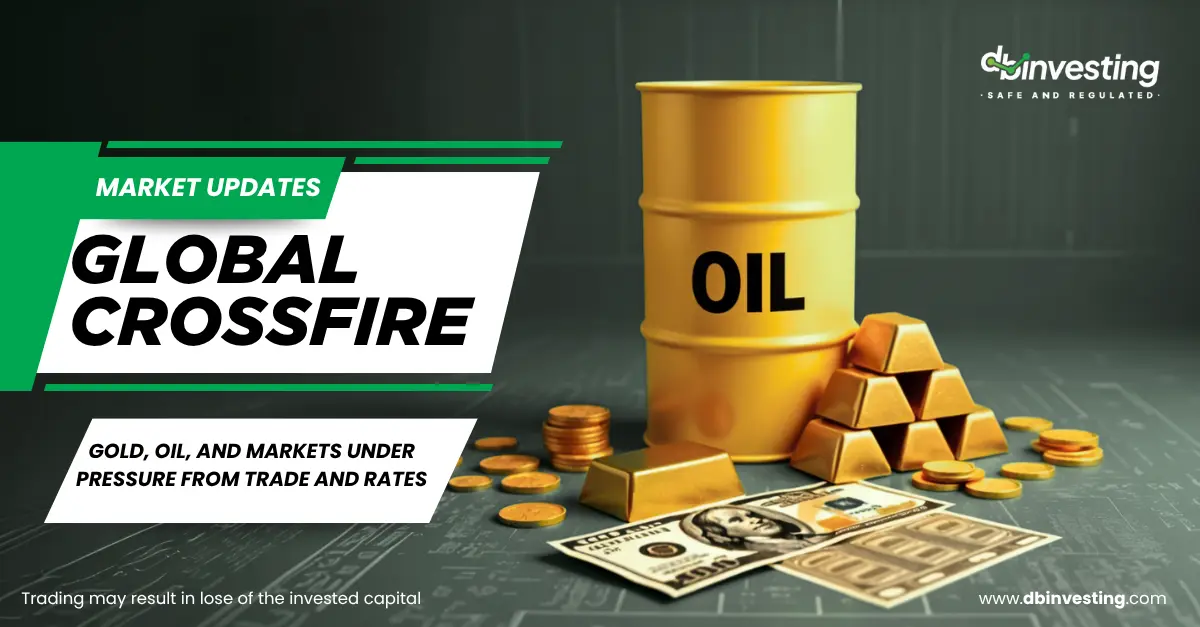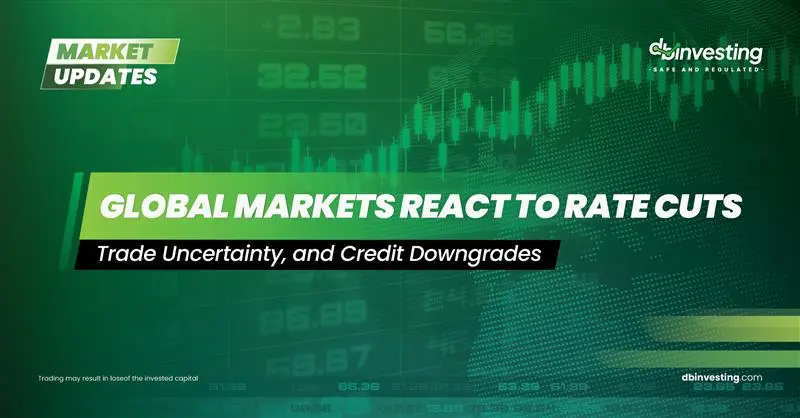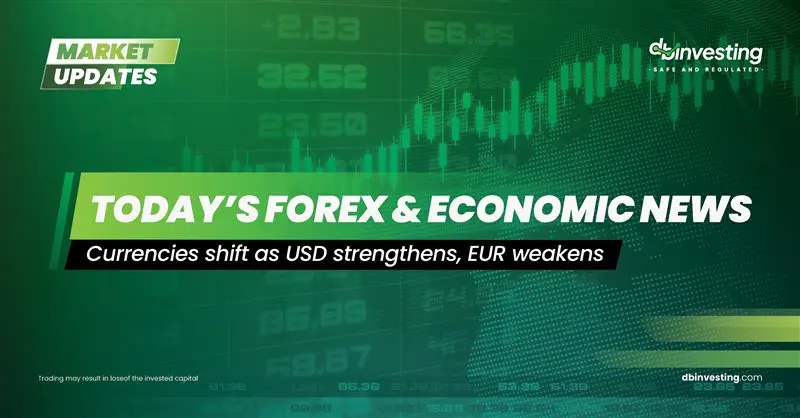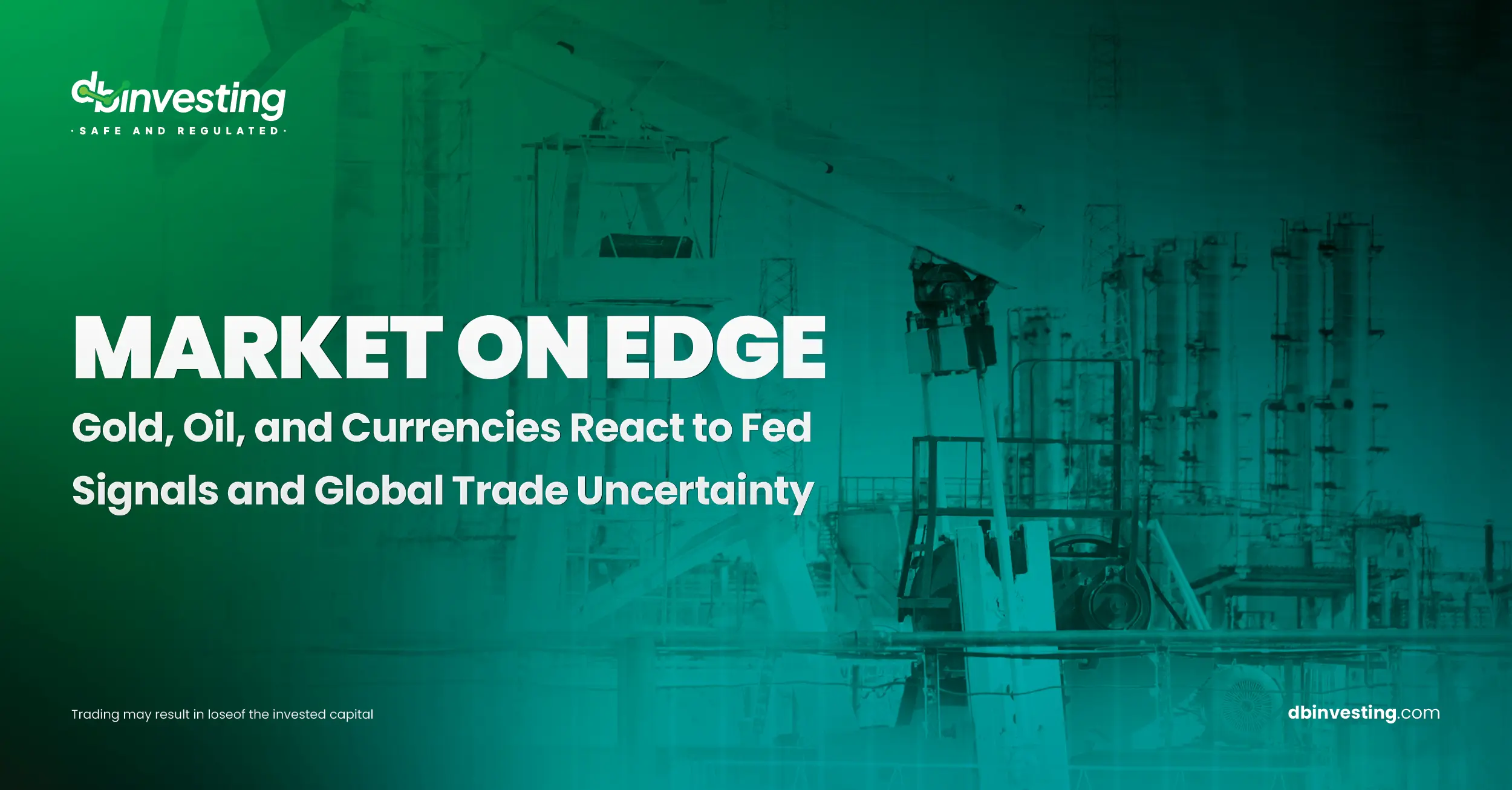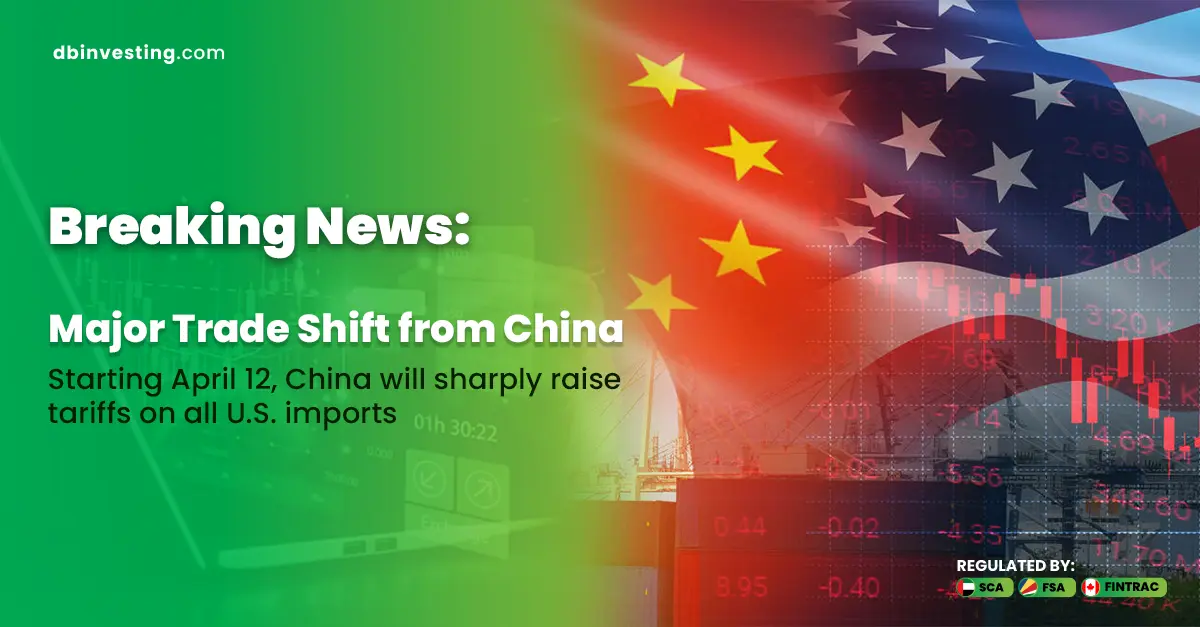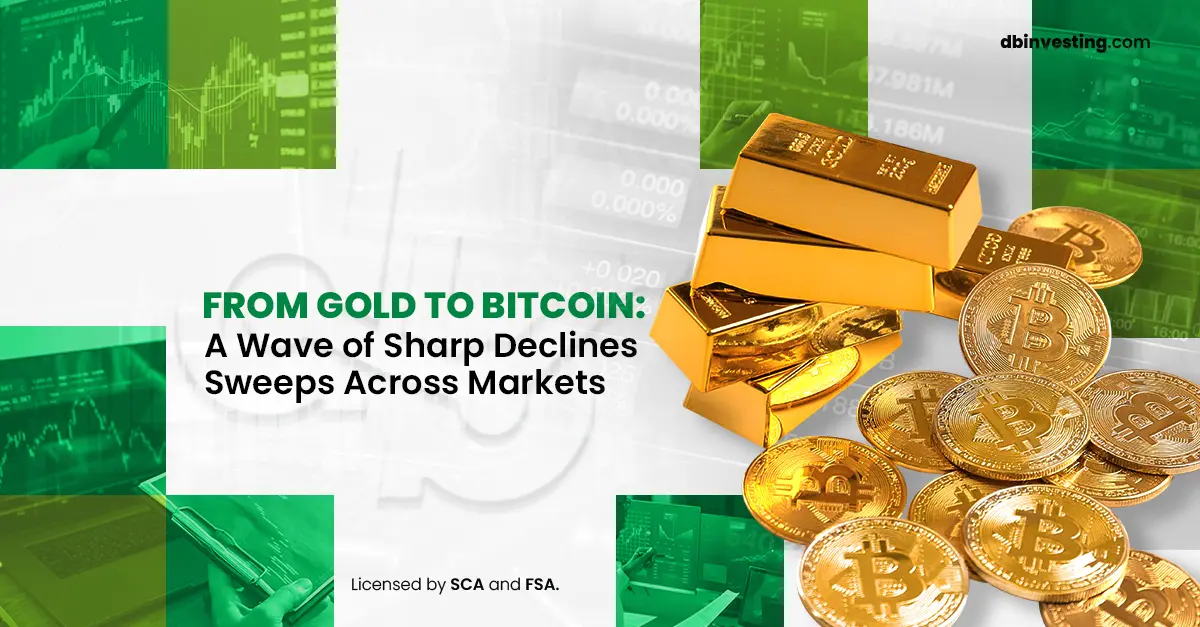Gold, Oil, and Markets Under Pressure from Trade and Rates
Gold & Precious Metals
As markets closed the first week of June, gold prices showed weakness, slipping from a near four-week high. A modest recovery in the US dollar contributed to this decline, but the underlying driver was investor caution amid persistent US-China trade uncertainty.
While gold often serves as a hedge in volatile times, this week’s retreat highlighted the tug-of-war between risk aversion and dollar strength.
Attention remains fixed on tariff developments. The White House signaled that a conversation between US President Donald Trump and Chinese President Xi Jinping may happen soon — a possible turning point, or perhaps just another headline.
Adding to the tension were Trump’s recent accusations that China breached a previous agreement on tariff reductions, injecting fresh doubt into any upcoming negotiations.
Global Markets & Central Banks
European equity markets ticked upward cautiously, with investors treading lightly ahead of key economic data from the Eurozone. At the center of it all: May’s inflation numbers and the European Central Bank’s (ECB) policy meeting.
Projections suggested inflation cooled to 2.0%, down from 2.2% in April — a sign that may give the ECB enough room to act. And act it did: Thursday’s meeting delivered the eighth rate cut in the past 12 months, trimming rates by 25 basis points.
However, the spotlight quickly shifted to the future. With this move already priced in, markets are now eager for clarity on the ECB’s next steps.
All of this unfolds against the backdrop of deepening trade uncertainties, especially concerning US tariffs. The legal ambiguities surrounding their enforcement only add to the challenge for monetary policymakers trying to balance inflation control with economic momentum.
Oil & Currencies
Geopolitical friction once again took center stage in the energy markets. Oil prices extended their gains, bolstered by concerns over potential supply disruptions stemming from two hotspots:
- Iran is expected to reject a US nuclear deal proposal, signaling a continuation of sanctions and limited Iranian exports.
- Rising tensions between Ukraine and Russia further elevate the risk of energy supply instability across Europe.
Meanwhile, the foreign exchange market offered its own narrative:
- The US dollar managed to recover some lost ground, benefiting from its safe-haven appeal.
- The Australian dollar, however, lagged significantly. A dovish Reserve Bank of Australia (RBA) stance and weak first-quarter data — including a larger-than-expected current account deficit — dragged the currency lower.
The RBA’s latest minutes reinforced a softer economic outlook and acknowledged growing headwinds, particularly those linked to global trade.
Conclusion
Markets are moving through a maze of uncertainty, where every central bank decision and geopolitical headline adds new layers of complexity.
With gold taking a breather, oil rallying on supply fears, and currencies reacting to diverging central bank strategies, investors are bracing for a volatile summer. As inflation data and trade negotiations unfold, the coming weeks could set the tone for the second half of 2025.
